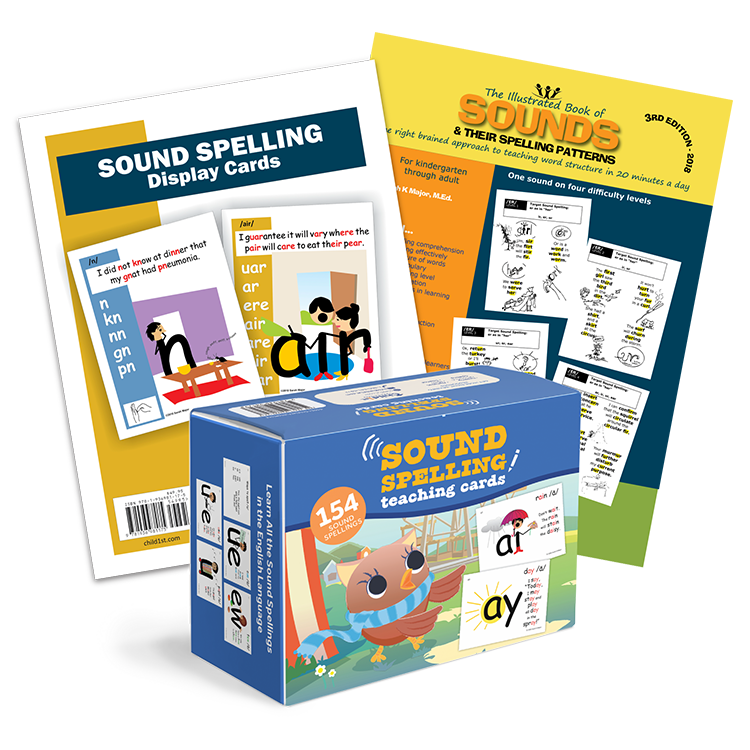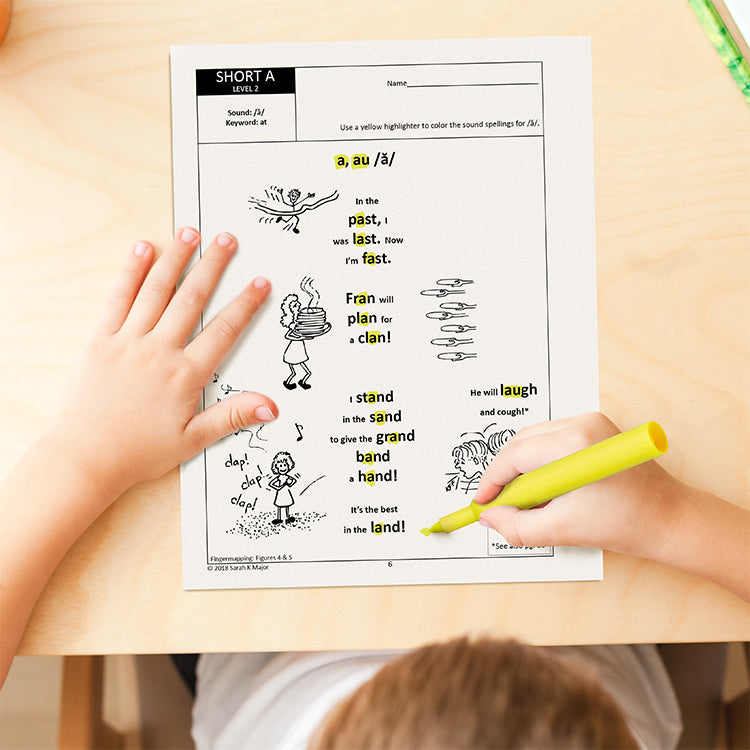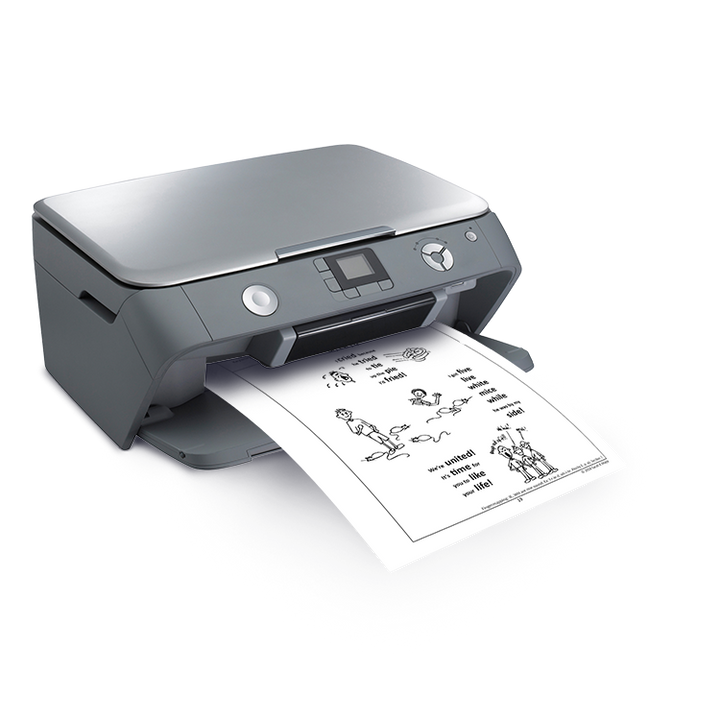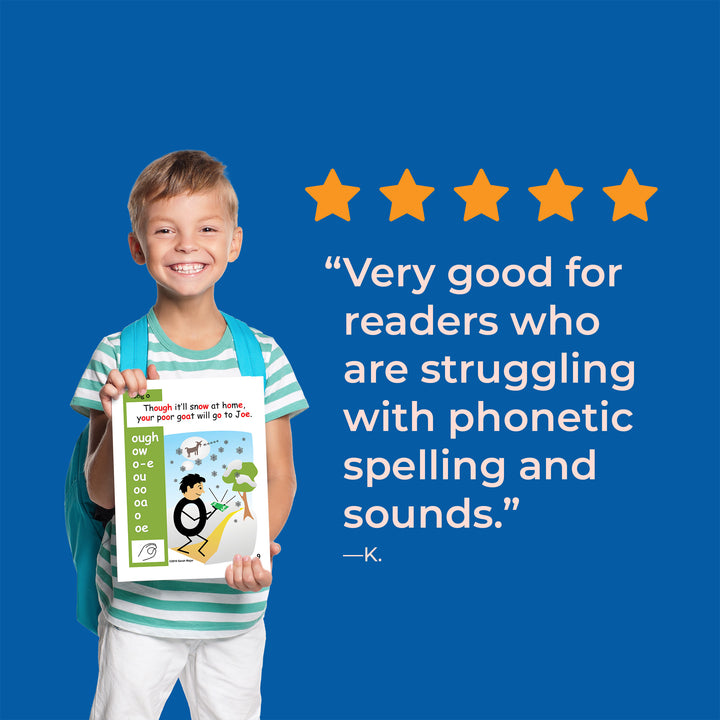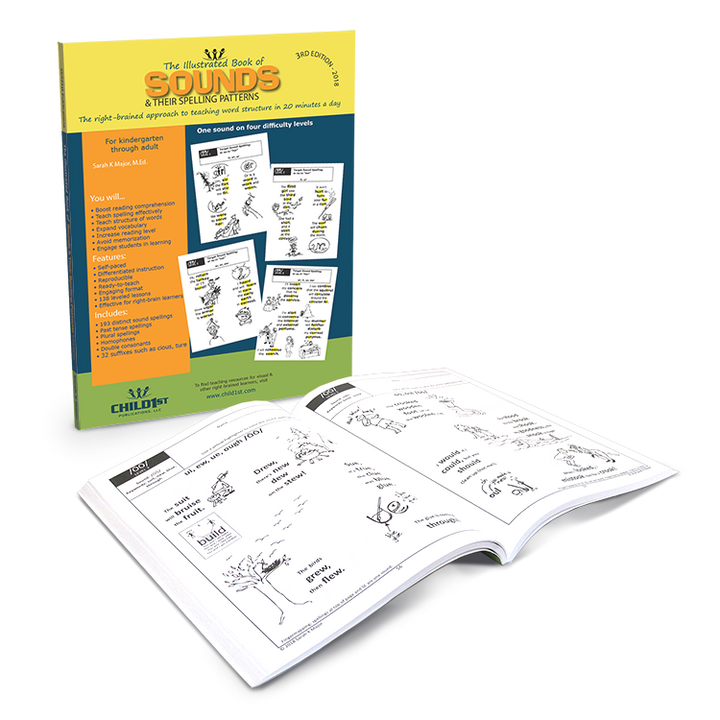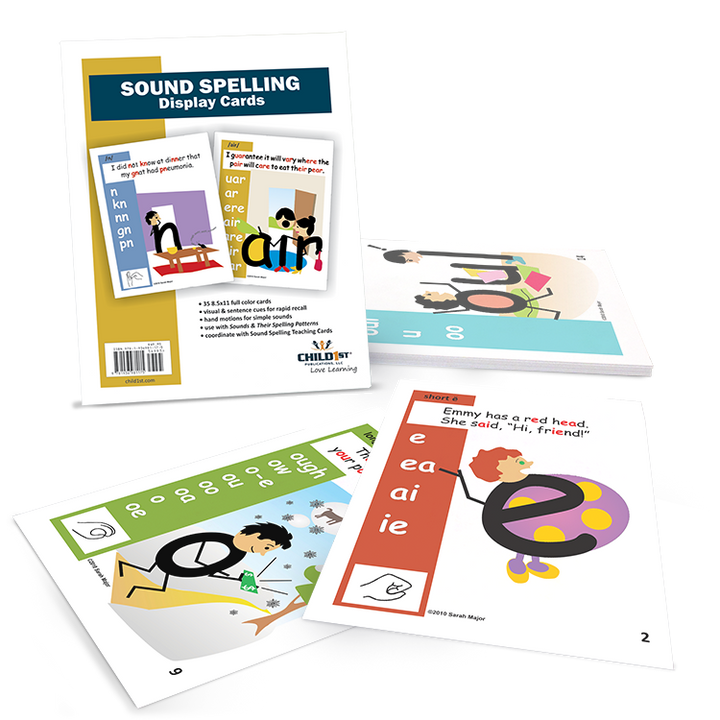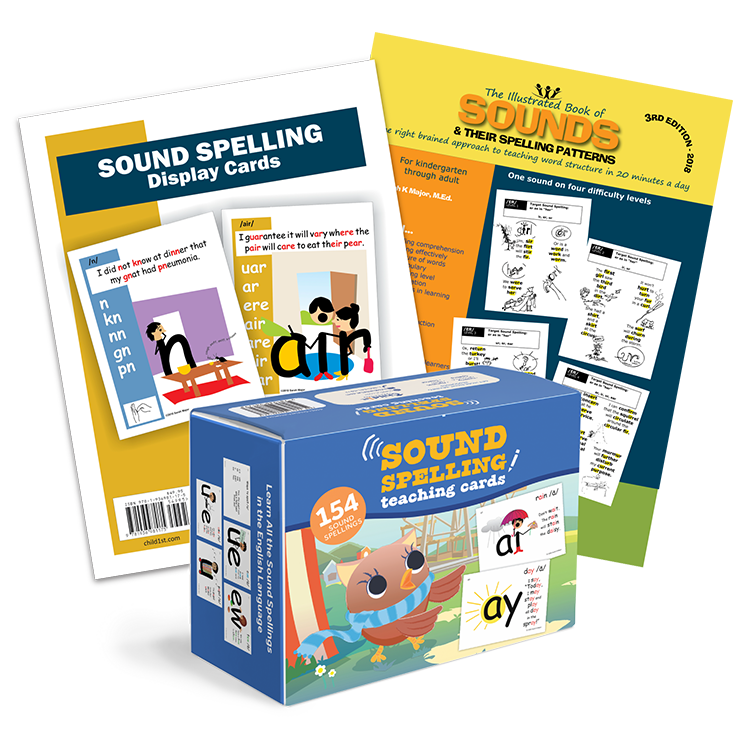Unlock the power of reading with the Right-Brained Phonics & Spelling Kit! Dive into a vibrant world of sounds and spellings with the full-color Sound Spelling Display Cards, each a visual masterpiece designed for right-brained learners. From sentences that vividly represent each spelling to lists and captivating illustrations, this kit creates a multisensory experience. Elevate your teaching with hands-on Sound Spelling Teaching Cards, offering colorful illustrations and sentences for in-depth exploration. Complete the journey with The Illustrated Book of Sounds & Their Spelling Patterns, guiding students through engaging lessons to master phonics. Transform learning into a captivating adventure with this comprehensive kit, where every card tells a tale of literacy success!
What’s Included
· Sound Spelling Display Cards
· Sound Spelling Teaching Cards
· The Illustrated Book of Sounds & Their Spelling Patterns



